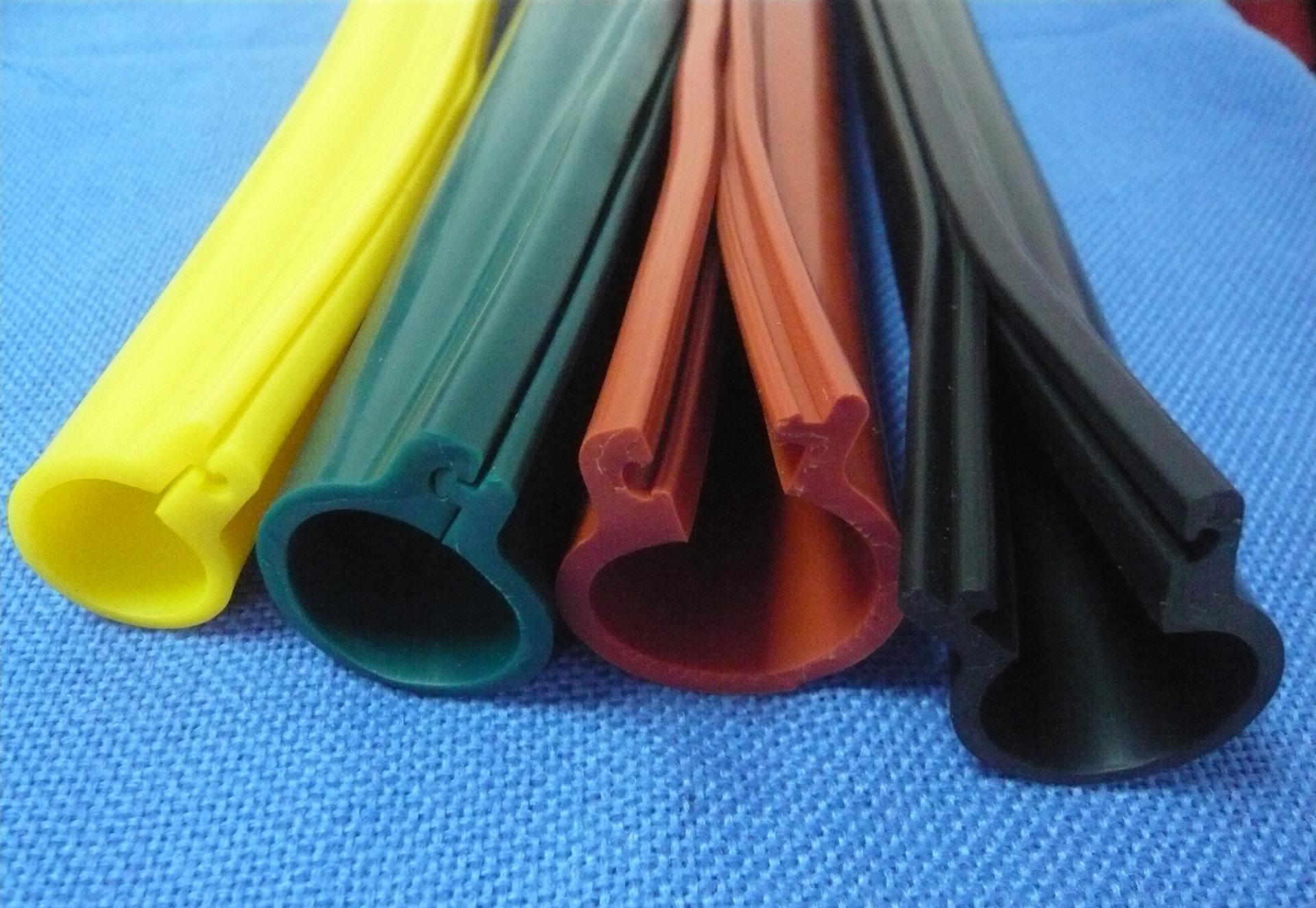
Power cables are buried underground, and once a fault occurs, it is very difficult to find, often taking hours or even days, which not only wastes a lot of manpower and material resources but also causes incalculable power outage losses.
How to accurately, quickly, and economically find cable faults has become a growing concern for the power supply sector.
The cable fault situation and buried environment are complex and changeable. Testers should be familiar with the buried direction of the cable and the environment, to determine the exact nature of the cable fault, select the appropriate
instrument and measurement methods, and work according to certain procedures, in order to successfully measure the cable fault point.
Understanding the causes of cable faults is important to reduce damage to the cable and to quickly determine the point of failure.
The causes of cable faults can be broadly categorized as follows:
Mechanical Damage
Cable failures caused by mechanical damage account for a large percentage of cable accidents. Some mechanical damage is so minor that it does not cause a fault at the time, but the damaged area develops into a fault only after several months or even years. The main causes of mechanical damage to the cable are as follows:
1 Damage During Installation
Inadvertent touching of the cable during installation, the mechanical traction force being too large and straining the cable, or the cable being damaged by excessive bending.
2 Directly Damaged by External Forces
After installation on the cable path or near the cable for urban construction, the cable is directly damaged by external forces.
3 Driving Process Damage
The vibration or impact load of the traveling vehicle can cause the underground cable lead (aluminum) package cracking damage.
4 Damage Caused by Natural Phenomena
Such as intermediate joints or terminal heads inside the insulation rubber expansion and expansion of the shell or cable sheath.
Due to the natural travel of the cable, the outer skin of the cable is mounted on the mouth of the pipe or bracket abrasion.
Excessive tension caused by land settlement, pulling off intermediate joints or conductors.
Cable Insulation Moisture
Failure caused by moisture in the cable insulation.
The main causes of cable moisture are:
1 Water ingress due to unsealed joint box or terminal box structure or poor installation.
2 Poorly manufactured cable with small holes or cracks in the metal sheath.
3 The metal sheath is pierced or corroded and perforated by foreign objects.
Insulation Aging Deterioration
The internal air gap of the cable insulation medium produces ionization under the action of an electric field to make the insulation drop. When the insulating medium ionizes, the air gap generates chemical products such as ozone and nitric acid, which corrode the insulation. The moisture in the insulation causes hydrolysis of the insulation fiber, resulting in insulation degradation.
Overheating can also cause insulation aging and deterioration. The internal air gap of the cable generates electric ionization causing local overheating and carbonization of the insulation. Cable overload is a very important factor in cable overheating.
Cables installed in cable-dense areas, cables in cable trenches and cable tunnels and other poorly ventilated places, cables worn in dry pipes, and parts of cables close to heat pipes can accelerate insulation damage due to overheating itself.
Overvoltage
The atmosphere and internal overvoltage action, so that the cable insulation breakdown, forming a fault, the breakdown point is generally the presence of defects.
Poor Design and Manufacturing Process
Waterproofing of intermediate joints and terminal heads, poorly designed electric field distribution, improper choice of materials, poor workmanship, and not being made according to the requirements of the regulations can cause cable head failure.
Cable Insulation Loss
Oil-impregnated paper-insulated cable laying trench convexity, or in the outdoor head on the pole, due to the undulation, height disparity, the high insulating oil flow to the low.
And make the high cable insulation performance decline, resulting in failure.
In partial discharge or high voltage tests, cross-linked circuits can break down for various reasons, but not every breakdown means that the insulation really breaks down.
It is worn with true degradation and false breakdown, respectively. Correct and effective identification of false breakdowns can improve the efficiency of the cable plant.
In case of a breakdown during the test, the insulation core should be replaced for inspection.
After replacing the insulation core, the voltage test is performed again and the voltage test results represent different situations.
In the first case, the voltage detection is normal and the cable should be confirmed to be faulty.
In the second case, the breakdown voltage gradually decreases, representing a breakdown inside the cable.
In the third case, the breakdown voltage is the same every time, which means the breakdown may occur at the end of the cable.
So how to confirm the breakdown inside the XLPE cable is false?
After the second test, we can control the partial discharge of the cable in the shielding room, increase the voltage level and observe the breakdown phenomenon, and determine the breakdown location in this way.
If the breakdown location is not at the end of the cable, the cable should be replaced, and sometimes even the qualified cable or no-load cable can be inspected. When the breakdown voltage value should be consistent with the previous one after
inspection and replacement, the cable breakdown phenomenon can be confirmed as a false breakdown.
Some cross-connected cables sent for inspection may exceed the maximum load of the experimental equipment due to their excessive length, so it must be determined whether the load is large enough before the test. Otherwise, the tripping
the phenomenon will occur during the test.
In addition, it should be noted that if the test system cannot be boosted, this may be caused by an internal short circuit in the cable insulation, which can only be confirmed by replacing the insulation core.